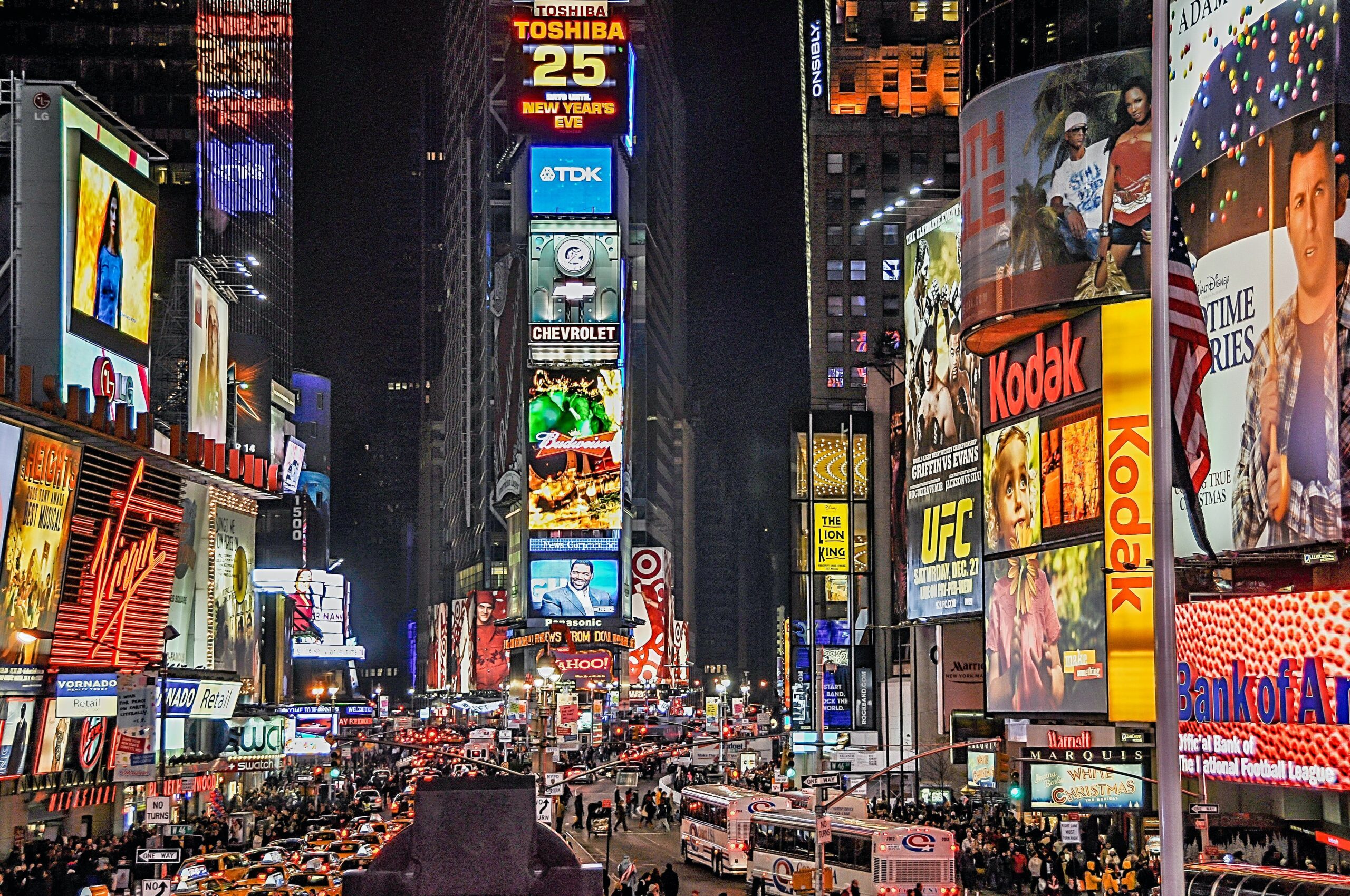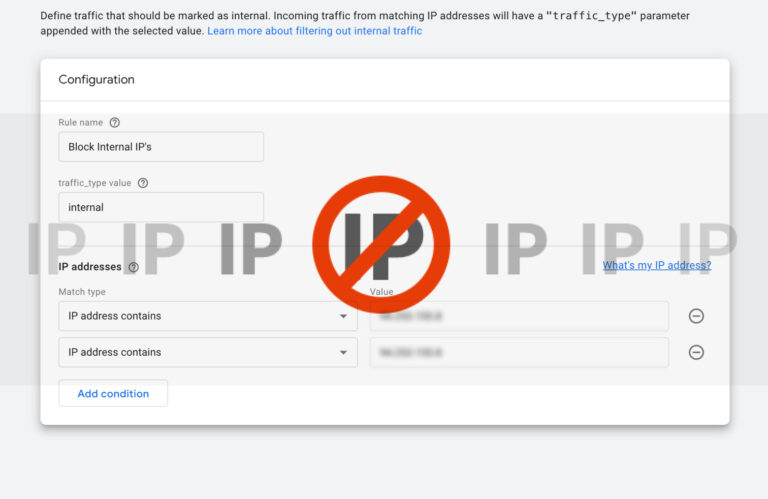In the ever-evolving world of marketing, advertising stands as a cornerstone, a powerful tool that shapes consumer perceptions and drives purchasing decisions. From traditional print and broadcast media to the ever-evolving digital landscape, advertising encompasses a diverse range of techniques, each designed to capture attention, convey messages, and ultimately influence behaviour.
Traditional Advertising: A Legacy of Impact
Traditional advertising channels, such as television, radio, and print media, have long been staples of the marketing landscape. These platforms offer broad reach, enabling advertisers to connect with large audiences across geographic and demographic boundaries. Television commercials, for instance, have the power to create memorable narratives and evoke emotional responses, while radio advertisements can provide a catchy tune or a compelling message to linger in listeners’ minds. Print magazines and newspapers, on the other hand, offer a more immersive experience, allowing advertisers to showcase products or services in a visually appealing and informative format.
Television Advertising: The Alluring Power of Visual Storytelling
Television advertising, with its ability to combine captivating visuals, compelling audio, and emotional storytelling, has long been a dominant force in the marketing landscape. From the iconic jingles of the 1950s to the cinematic masterpieces of today, television commercials have the power to capture attention, convey brand messages, and leave a lasting impression on viewers.
Radio Advertising: The Enduring Charm of Audio Storytelling
Radio advertising, with its ability to reach a wide audience on the go, has maintained its relevance in the modern marketing landscape. Radio commercials, with their catchy tunes, relatable characters, and humorous anecdotes, can effectively convey brand messages and create a memorable connection with listeners.
Print Advertising: The Enduring Appeal of Visual Storytelling
Print advertising, with its ability to provide a more immersive and in-depth experience, continues to hold a significant place in the marketing mix. Print magazines and newspapers offer advertisers the opportunity to showcase their products or services in a visually appealing and informative format, allowing readers to engage with the content at their own pace.
Digital Advertising: The Driving Force of Modern Marketing
The advent of the digital age has revolutionised the advertising landscape, introducing a plethora of new channels and techniques. Social media platforms, such as Facebook, Instagram, and Twitter, have emerged as powerful tools for targeted advertising, enabling brands to connect with specific audience segments based on interests, demographics, and online behaviour. Search engine optimization (SEO) and pay-per-click (PPC) advertising have become essential components of digital marketing strategies, ensuring that brands appear prominently in search results and reach potential customers actively seeking information or products.
Social Media Advertising: Connecting with Consumers in Their Virtual Worlds
Social media advertising has transformed the way brands connect with their target audiences. By leveraging the power of social media platforms, brands can engage with consumers in their virtual worlds, sharing personalised messages, fostering brand communities, and driving targeted advertising campaigns.
Search Engine Advertising: Reaching Consumers at the Moment of Intent
Search engine advertising, through platforms like Google Ads, enables brands to appear prominently in search results when users are actively seeking information or products related to their offerings. By carefully crafting keywords and optimising ad campaigns, brands can effectively capture the attention of potential customers at the crucial moment when they are ready to make a purchase decision.
Emerging Trends in the Advertising Arena
The ever-evolving nature of technology and consumer behaviour continues to drive innovation in the advertising realm. Emerging trends, such as influencer marketing, programmatic advertising, and native advertising, are transforming the way brands engage with their target audiences.
Influencer Marketing: Leveraging the Influence of Social Media Personalities
Influencer marketing has emerged as a powerful tool for brands seeking to reach a wider audience and build brand credibility. By collaborating with social media personalities who have established a strong following within a particular niche, brands can leverage their influence to promote products or services to a highly engaged audience.
Programmatic Advertising: Automated Ad Placement and Purchase
Programmatic advertising utilises algorithms and data to automate the process of ad placement and purchase, ensuring that ads are targeted to the most relevant audience segments and displayed at the most optimal times. This data-driven approach to advertising maximises efficiency and effectiveness, allowing brands to reach their target audience with precision and achieve greater ROI.
Native Advertising: Blending Seamlessly into the Content Landscape
Native advertising seamlessly integrates advertisements into the content of websites or social media feeds, making them less intrusive and more likely to capture attention. By blending seamlessly with the surrounding content, native advertisements can effectively capture the attention of consumers without disrupting their online experience.
The Enduring Power of Storytelling
Regardless of the channel or technique employed, effective advertising ultimately boils down to the art of storytelling. Compelling narratives, relatable characters, and evocative visuals have the power to connect with consumers on an emotional level, creating a lasting impression and influencing purchasing decisions. Stories that resonate with consumers’ values, aspirations, and experiences can foster brand loyalty and drive long term customer engagement.
The Future of Advertising: Adapting to Evolving Consumer Behavior
As consumer behaviour continues to evolve, driven by technological advancements and changing preferences, the advertising industry must adapt and innovate to remain effective. Artificial intelligence (AI) and machine learning (ML) are transforming the way advertisers target audiences, analyse data, and create personalised advertising experiences. Additionally, the rise of voice assistants and smart speakers is opening up new avenues for brands to connect with consumers in their homes and on-the-go.
The Role of AI and Machine Learning in Advertising
AI and ML are being employed to enhance the effectiveness of advertising in several ways. These technologies enable advertisers to:
Target audiences with greater precision: AI and ML algorithms can analyse vast amounts of data, including consumer demographics, online behaviour, and social media interactions, to identify the most relevant audience segments for specific advertising campaigns.
Optimise ad placements and bids: AI and ML can analyse real-time data to determine the optimal placement and timing for ads, ensuring that they are seen by the right people at the right time. This data-driven approach maximises efficiency and effectiveness, leading to better ROI for advertising campaigns.
Create personalised advertising experiences: AI and ML can be used to create personalised advertising experiences that are tailored to individual consumers’ interests and preferences. This can be done through techniques such as dynamic creative optimization (DCO), which allows advertisers to automatically generate and display different versions of an ad based on the viewer’s profile.
The Rise of Voice Assistants and Smart Speakers
The increasing popularity of voice assistants, such as Amazon Alexa and Google Assistant, and smart speakers, such as Google Home and Amazon Echo, is creating new opportunities for brands to connect with consumers in their homes and on-the-go. Voice-activated advertising is still in its early stages, but it has the potential to become a significant force in the future, as consumers become increasingly comfortable interacting with brands using voice commands.
Advertising’s Enduring Role in Marketing
Advertising plays a pivotal role in the marketing landscape, influencing consumer perceptions and shaping purchasing decisions. From traditional channels like television and print to the ever-evolving digital realm, advertising encompasses a diverse range of techniques, each designed to capture attention, convey messages, and ultimately drive brand awareness and sales. As technology and consumer behaviour continue to evolve, advertising remains a dynamic and essential element of the marketing toolkit, transforming and adapting to meet the ever-changing needs of businesses and consumers alike.
In conclusion, advertising remains an essential tool for businesses in today’s competitive marketplace. By understanding the latest trends and adapting to evolving consumer behaviour, brands can continue to leverage the power of advertising to connect with their target audiences, build brand loyalty, and achieve their marketing goals.



